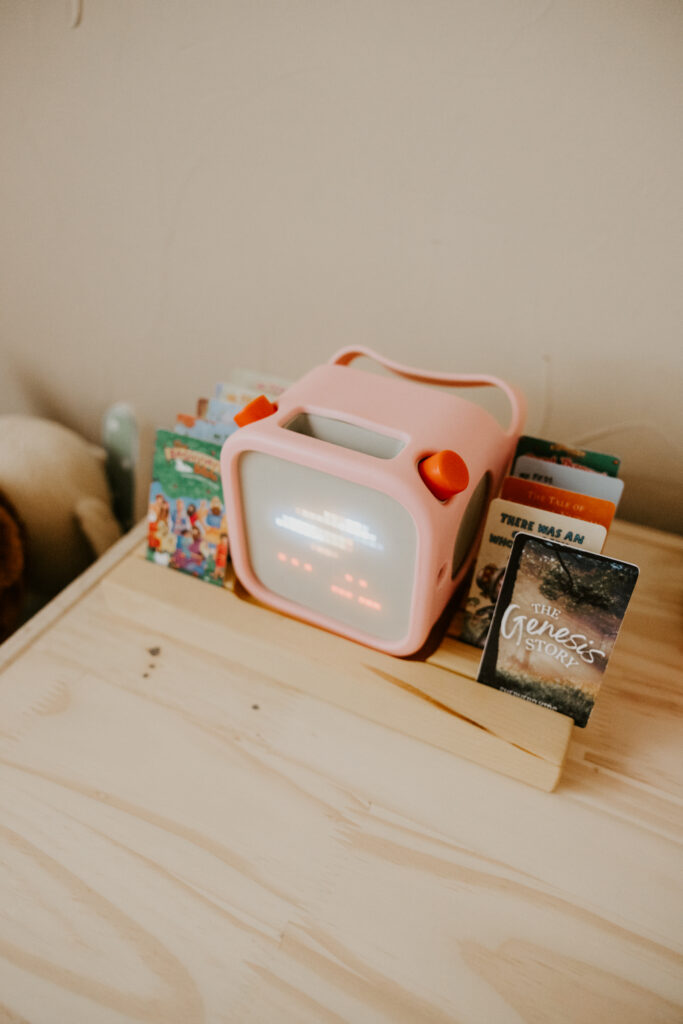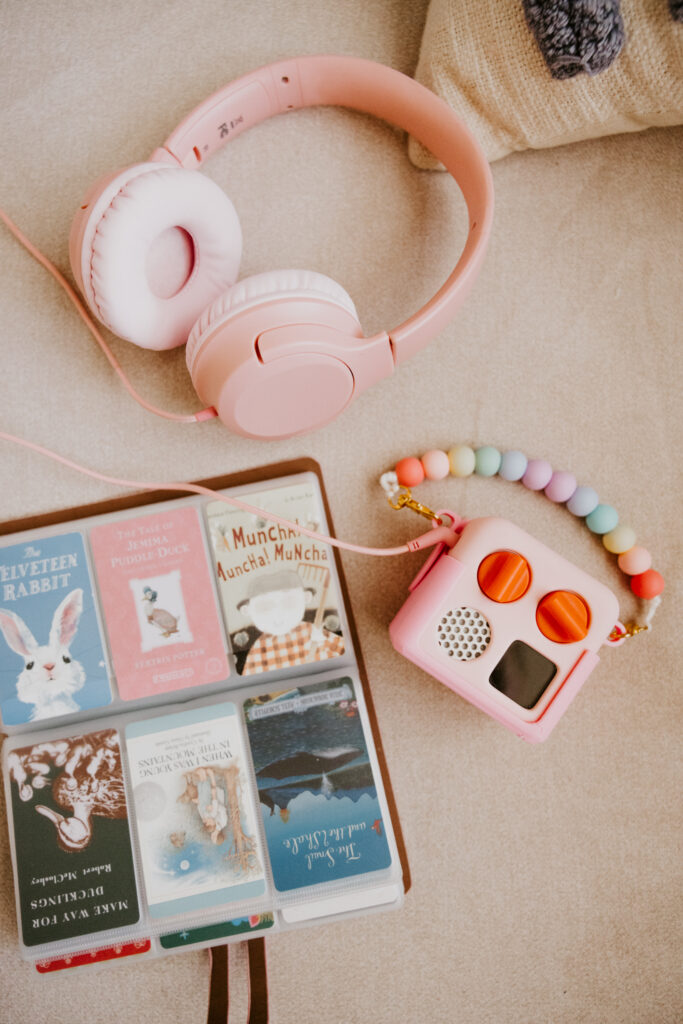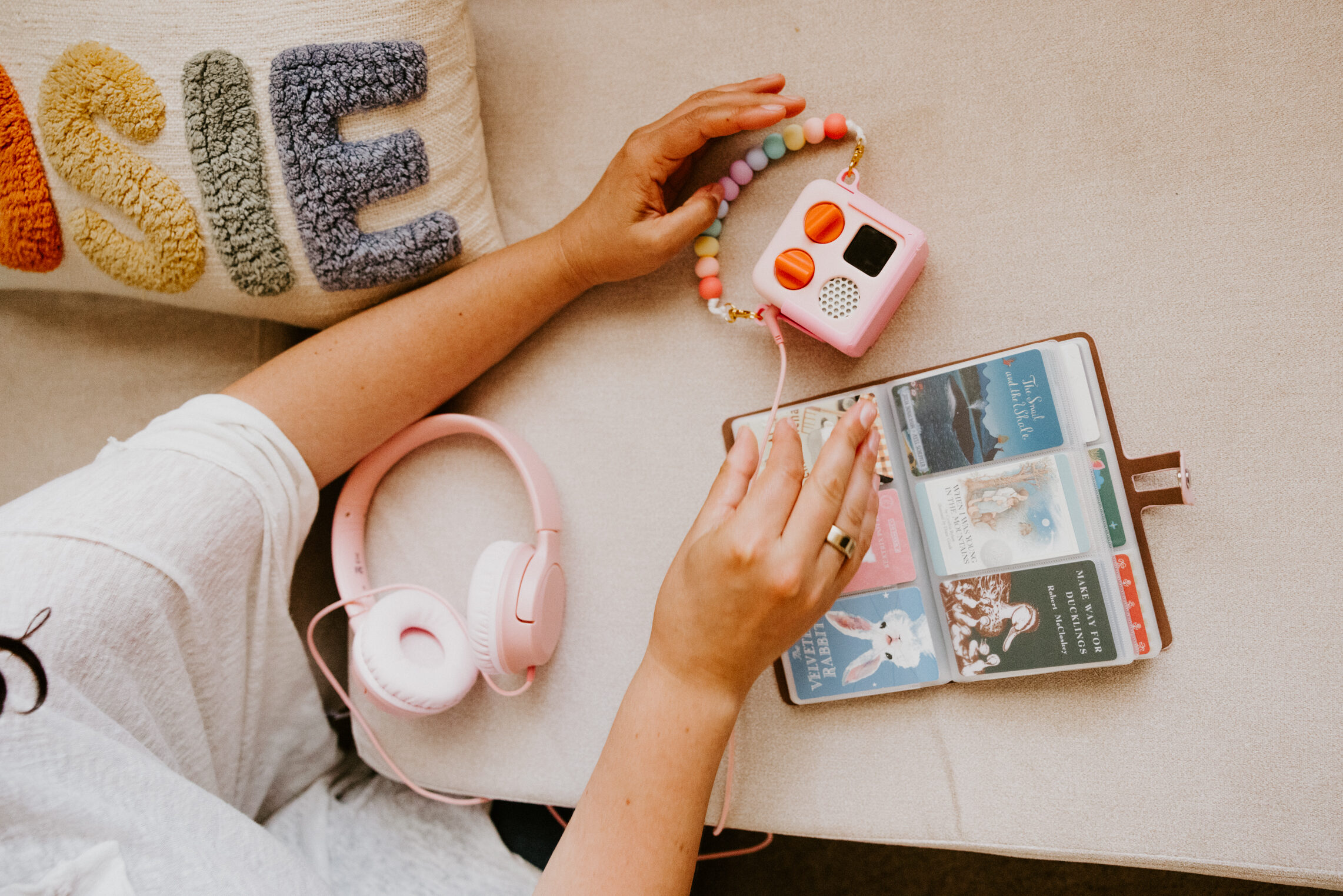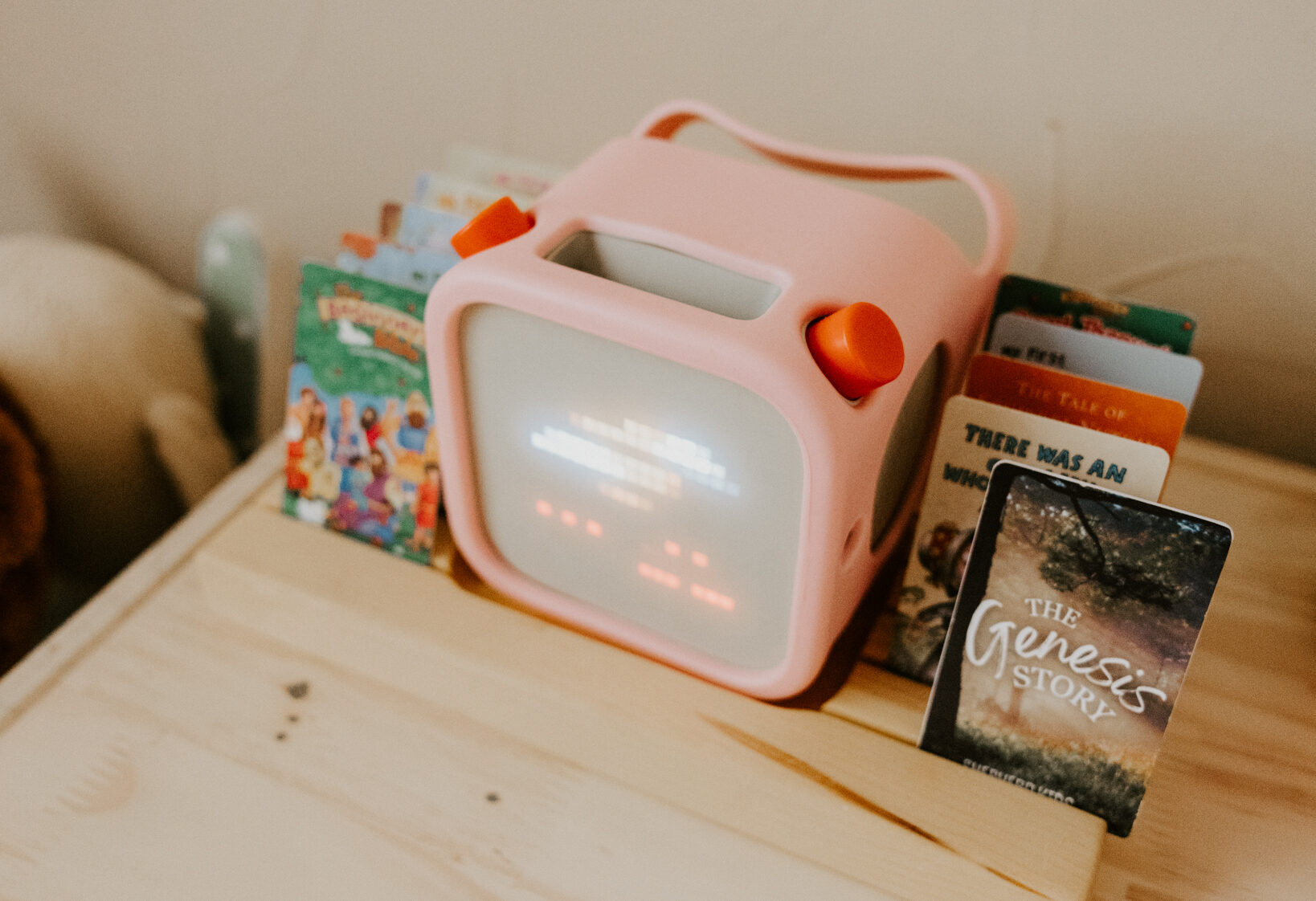Have you ever sat at a restaurant and observed families around you with their kids glued to tablets at the dinner table? Maybe this has become the reality for you and your family, but just 10 years ago, this wasn’t how families went out to dinner. I got my first iPhone when I went to college at 18 years old so this wasn’t available when I was being raised and isn’t the dynamic I desire for my family. Why would I have an issue with this and are there any alternatives?
The History of Screen Time
In 1997, children 2 and under in the United States averaged 1 hour and 19 minutes a day of screen time. As of 2014, children 2 and under in the United States average 3 hours and 3 minutes a day of screen time (JAMA Pediatrics, Vol. 173, No. 4, 2019). And that was 10 years ago!
The first-generation iPhone was introduced in 2007, the same year Netflix started streaming services and the iPad was released in 2010 (the year I graduated high school). I can only imagine that those daily screen time averages have only increased amid this rapid change in technology.
The Problem with Screen Time
I didn’t introduce screen time to my daughter until she was 2 years old because the World Health Organization discourages media use by children younger than 2 and the American Academy of Pediatrics discourages media use, except for video chatting, by children younger than 18 months.
One study found that more time per week spent on screens at ages 24 months and 36 months was linked with poorer performance on screening tests for behavioral, cognitive, and social development at 36 months (JAMA Pediatrics, Vol. 173, No. 3, 2019).
And this is definitely what I observed with my daughter when we started screen time. She would watch the screen without any awareness of anything else occurring around her. She wouldn’t be able to hear me or interact with me and when her screen time was up and it was time to turn the TV off, she would have a meltdown.
With this knowledge, I didn’t want to use screens. But I was lacking support while working multiple jobs and trying to provide nourishment and comfort for my family.
One survey of 133 parents of preschool-age kids found that many parents reported lacking affordable alternative entertainment for their kids. Others cited factors such as their own exhaustion, the need to get things done around the house, and bad weather for excess screen time (Journal of Nutrition Education and Behavior, Vol. 47, No. 4, 2015).
When my daughter started asking for TV first thing in the morning and would beg for TV incessantly throughout the day, I knew I had created a problem. Her thoughts and desires revolved around screen time but I want her to value books, nature, crafts, and the things that enriched my own childhood!

Bye Bye Screen Time
I decided to rip the band-aid off our screen time usage. I cut all TV except for one 30-minute show on Saturdays. And I noticed positive behavior changes, but she continued to ask “When is it going to be Saturday?” anticipating her screen time almost everyday throughout the week. She was still living for screen time.
So now, we don’t do any screen time. None. It’s not an option for her at our home. Key words: At our home. She might catch a movie with her grandparents once a month, but it’s very rare.
And here’s what I noticed:
- Better attention for longer durations of time
- Increased creativity
- More independent play
- Improved attitude and mood
Our Favorite Screen Free Alternative
When my daughter turned 3 years old, I got her a Yoto Player, but it wasn’t until she turned 4 that she really got into it. Yoto players are screen free audio players without a camera, microphone, or advertisements. I like to think of the Yoto Player as this generation’s boombox.
YOTO PLAYER ACCESSORIES
We have a Yoto Player in the playroom with a wooden dock to display 10 seasonal cards at a time. I like to rotate these cards monthly just like I like to rotate the books on her bookshelf and the toys in her playroom. Here’s exactly what we have:
YOTO MINI ACCCESSORIES
Then Yoto came out with the Mini! I like to think of it like this generation’s portable cassette player or walkman CD player. Here’s exactly what we have:
- Yoto Mini
- Adventure Jacket
- Compatible Case with Crossbody Connector
- Silicone Bead Handle
- Soft Rainbow Crossbody Shoulder Strap
- Wired Headphones

FREE Yoto Content
- Scripture Memory Songs
- Useful Timers: Toothbrush Timer, Tidy-Up Timer, and Ready to Leave the House Timer
- Yoto Space
Snap Happy Mom has a post with Free Yoto Card Content for Make Your Own Yoto Cards with over 35 different links including some of our favorites like:
- Adventures in Odyssey
- Anne of Green Gables
- Beatrix Potter Books with Peter Rabbit
- Nature Corner
- Sandra Boynton Books and Music
- Sugar Creek Gang
- The Boxcar Children
- The Green Ember
- The Velveteen Rabbit and more!
Yoto Cards
I am very intentional about the quality of content my child is consuming. Meaning, there’s a good amount of cards that Yoto has that I don’t plan on ever buying, but these are some of the cards that we have bought and love:
- Are You My Mother?
- A Sick Day for Amos McGee
- Child of Nature
- Chrysanthemum
- Corduroy Collection
- I Dream of you CALM
- I Dream of you SLEEP
- Love
- Make Way for Ducklings
- On the Night You were Born
- There Was an Old Lady Pack
- The Snail and the Whale
- The Snowman
- The Snowy Day & Whistle For Willie
- The Story of Ferdinand
- The Very Hungry Caterpillar and Other Stories
- Where’s Spot and Other Stories
- Winnie-the-Pooh: The Complete BBC Collection
I am not personally a member of the Yoto Club because there are only a handful of cards that I want my daughter to listen to, but you might find that you want to order the cards I shared above and possibly some others (they’re always adding more) and Yoto Club is a great deal. For $99/year (this breaks down to $8.25/month) or $9.99/month, you can get two new cards every month plus free domestic shipping and 10% off everything, all the time.

Make Your Own Cards
I originally decided to invest in Yoto products because of the ability to make my own cards! I had every member of my family and some of our best friends record voice memos on their phones of themselves reading their favorite children’s book or telling a story to my daughter and I made each one into their own Yoto card for my daughter to enjoy. I designed their own book covers on Canva too! I’m sharing my designs so you can use it as a template to make your own: Friends & Family Yoto Card Canva Designs
After I edit the designs in the larger template above, I save them and upload them into this Make Your Own Yoto Cards Canva Template so that I can print 9 at a time in the perfect sizes for the cards.
After troubleshooting various methods, I’ve written a post with all the tips and tricks I have discovered to make your own Yoto cards: Making Your Own Yoto Cards Blog
YOTO CARD ACCESSORIES
YOTO AND WIFI
The Yoto Player and Yoto Mini both connect to WiFi, but you do not have to keep them connected to WiFi. We like to minimize our EMF exposure by downloading the cards onto the Yoto Player and Yoto Mini. You can follow these instructions to learn exactly how to do that.
We love our Yoto products and hope you enjoy them too!
© dr. courtney kahla | Legal | design by Intentionally Designed
not sure where to start on your wellness journey?
connect
resources
discover
take the quiz
navigate
Welcome
I’m Dr. Courtney Kahla. I’m here to empower you to take control of your own health & wellness.
start learning
the blog
I love to share what I’m learning about holistic wellness. Let these articles serve as a springboard for your own research!
